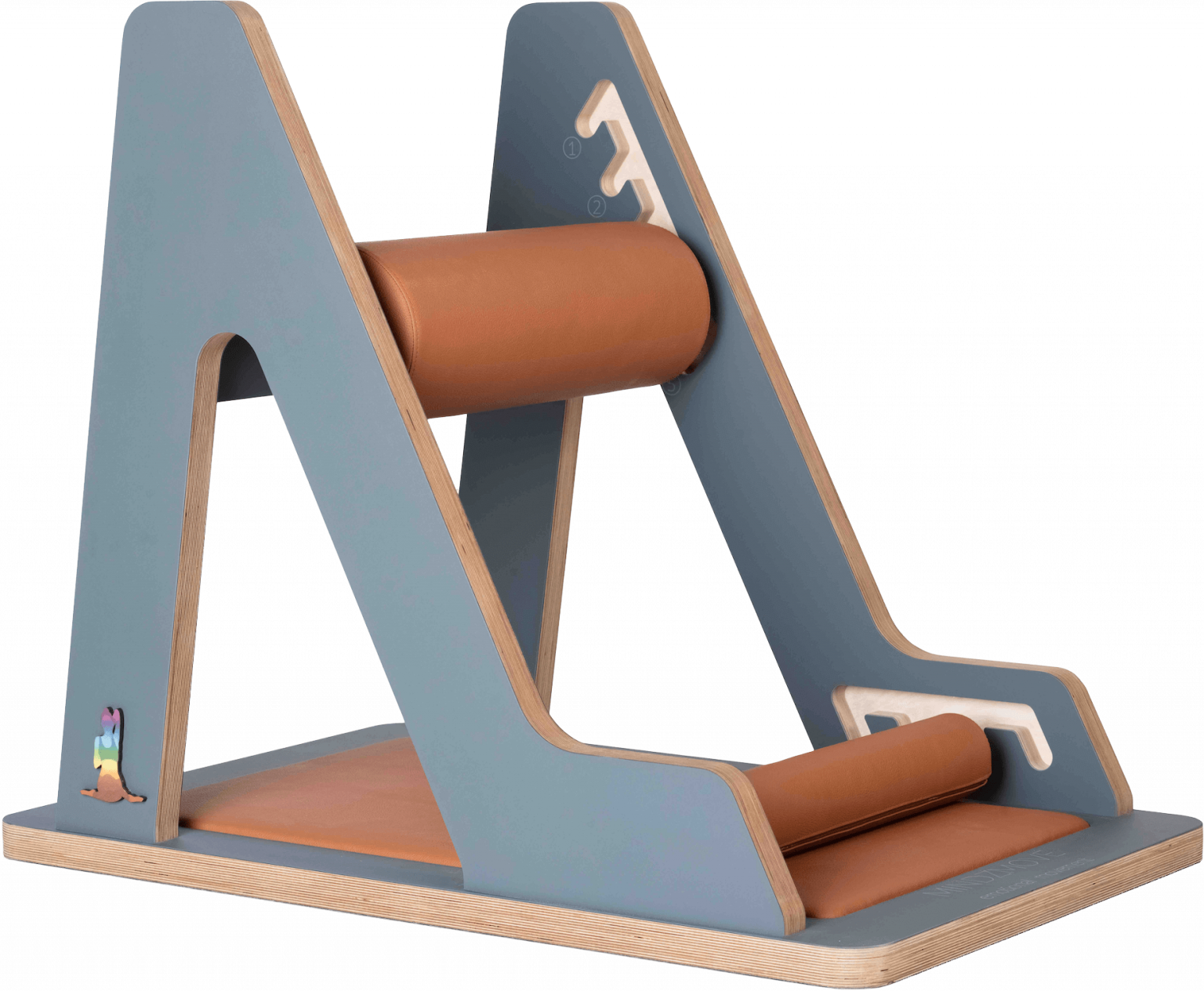The concept of mobility and flexibility training is based on the principles of biokinematics and extends these by integrating mental and emotional elements such as negative beliefs, stress and emotional blocks. The end result is a comprehensive training programme that is effective on a physical, mental and emotional level – an approach that could be called “emotional movement”.

Mobility and flexibility training is not only about physical fitness, but also about a deeper understanding of one’s own body, emotional world and mental state. The individual positions are developed to their full effectiveness by performing them with a conscious state of mind and in full concentration. Through repeated practice of the various body positions and mental guiding principles, the brain responds with functional and structural changes. This is comparable to a muscle that increases in strength through constant training. This approach can help to perceive emotions more consciously and to control them better.

Would you like to know whether our concepts and products can also be implemented in your company?
Let us advise you.
Muscle length training, also known as flexibility training or stretching, is an essential component of a balanced fitness programme. It focuses on improving flexibility and range of motion, which can not only improve performance in sporting activities, but also reduce the risk of injury and promote an overall healthy body image. In this article, we will take a closer look at the importance of muscle length training, its benefits and the scientific evidence that supports its effects.
Muscle length training is a form of exercise that aims to improve flexibility and mobility of the muscles and joints. It involves various stretching and mobilisation techniques that aim to relax the muscles, improve circulation and increase joint mobility.
1. improved flexibility: regular stretching increases the freedom of movement of the joints, which makes everyday movements easier and increases athletic performance.
2. injury prevention: flexibility training makes muscles and tendons more elastic, which reduces the risk of injury from overstretching and strains.
3. pain relief: muscle length training can reduce muscle tension and thus help relieve pain, especially in the back, neck and shoulders.
1. increased performance: improved flexibility allows for greater range of motion and improves athletic performance, whether in athletics, strength training or yoga exercises.
2. stress reduction: stretching exercises can have a relaxing effect on the body and mind, reducing stress and tension.
3. posture and body alignment: regular stretching training can improve posture and optimise joint alignment.
It is recommended that muscle length training is included in the fitness programme at least 2-3 times per week to improve flexibility and mobility.
Both forms of stretching have their advantages. Dynamic stretching before exercise can warm up muscles and improve performance, while static stretching after exercise can promote flexibility and relax muscles.